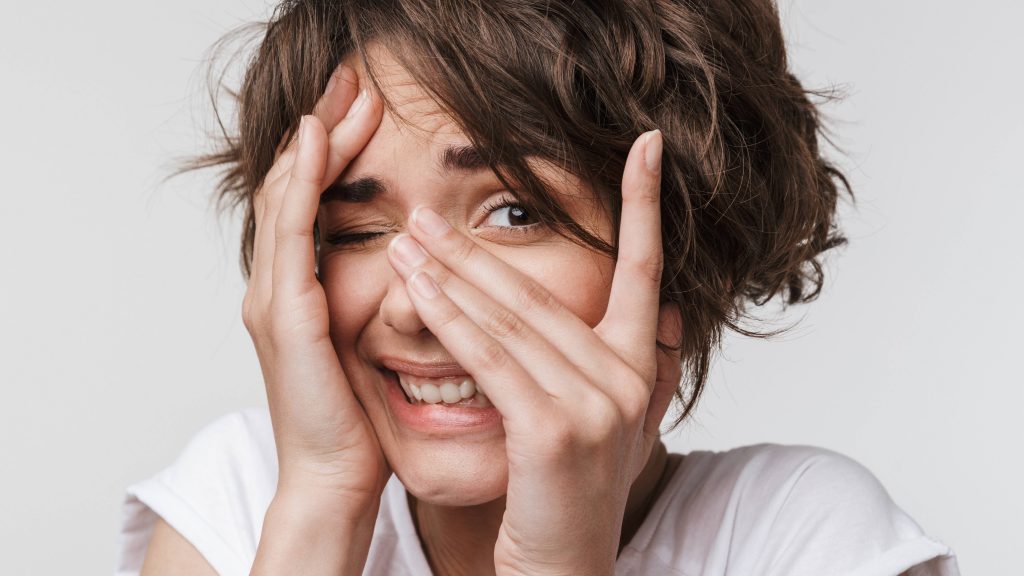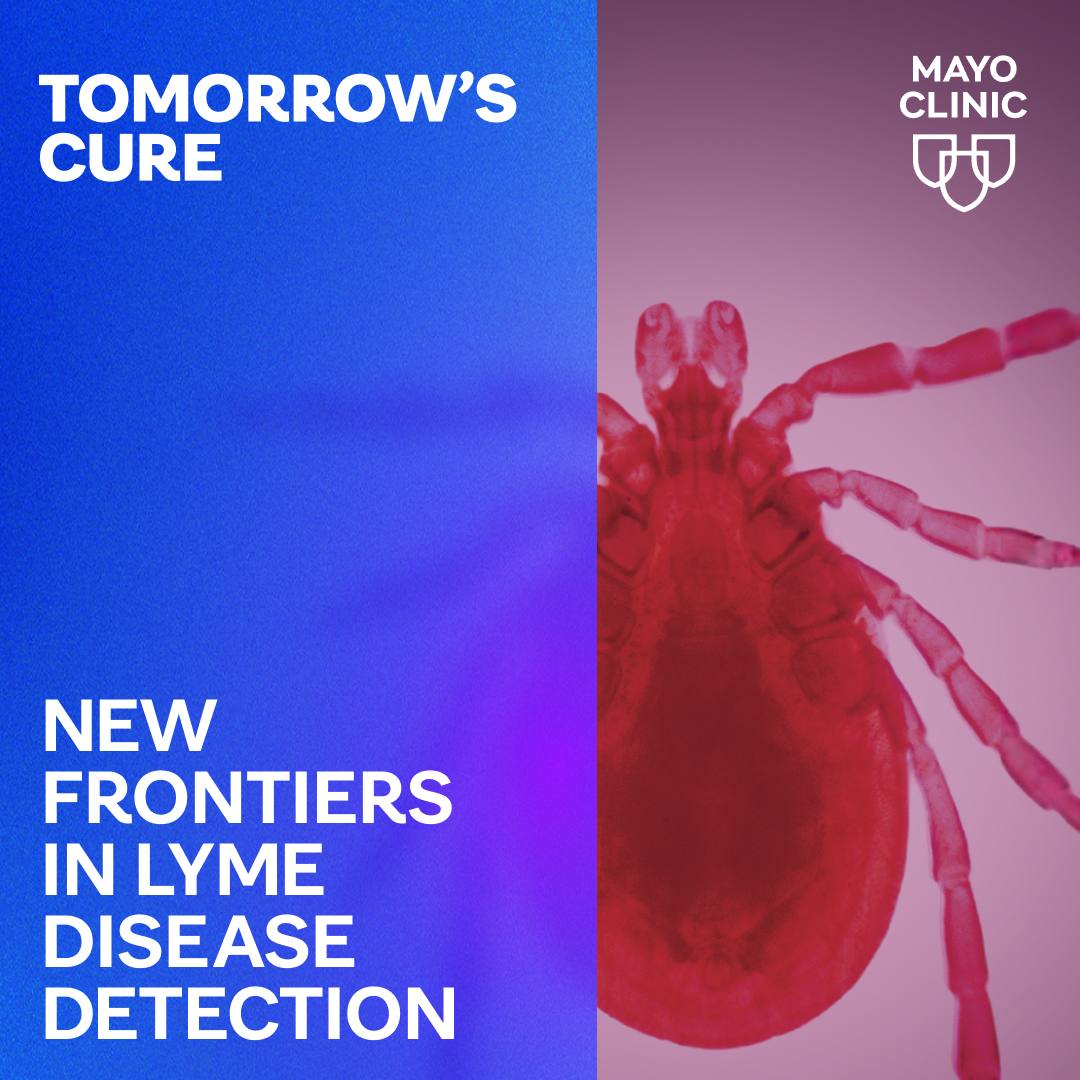-
Help for fears and phobias

Specific phobias are an excessive and intense fear of certain situations or objects to the point where they cause significant disruption in your life. Understandably, the prospect of experiencing extreme anxiety and panic often leads to avoiding these triggers. While they’re one of the most common mental health conditions — affecting an estimated 12% of the population at some point in their lifetime — less than 10% ever seek treatment.
The Diagnostic and Statistical Manual of Mental Disorders, Fifth Edition classifies specific phobias across five subtypes:
- Animals, such as snakes, spiders and dogs
- Situations, including driving, flying and public speaking
- Natural environmental, such as thunderstorms, heights and the dark
- Blood-injection-injury, including blood draws, needles and wounds
- Other — this is where things get weird
According to basic learning models, having a very bad experience with almost anything can result in developing a phobia. About 50% of individuals report a direct, negative experience that led to the onset of their phobia.
Naming a phobia involves combining the prefix of a Greek or Latin term for a specific object or situation with the Greek suffix “phobos,” which means “to fear”. Here are several of our favorites from The Phobia List — ones in the “other” category:
Coulrophobia (fear of clowns). A fear of clowns is, ahem, no laughing matter. For some, this may fall in the creepy category, but for the most part, clowns do get a bad rap. See the website, I Hate Clowns, for more evidence.
Pediophobia (fear of dolls), pupaphobia (fear of puppets) and automatonophobia (fear of a ventriloquist’s dummy). Staying with the creepy theme — porcelain dolls and marionette puppets. Need we say more?
Limnophobia (fear of lakes), chionophobia (fear of snow) and cryophobia (fear of extreme cold). The most effective treatment for phobias is prolonged exposure therapy. For those of you living in Minnesota, consider it free treatment.
Anablephobia (fear of looking up) and photoaugliaphobia (fear of bright, glaring lights). Sometimes it may not always be the best advice to keep your head up and look on the bright side of things.
Chaetophobia (fear of hair). This fear gives new meaning to the phrase “hair raising”.
Bathmophobia (fear of steep slopes). For those afflicted with this condition, unfortunately, it’s all downhill from here.
Alliumphobia (fear of garlic). Exposure therapy can be conducted just about anywhere. Folks with this phobia can face their fears at their local pizza parlor.
Omphalophobia (fear of belly buttons). Did you know that your belly button is home to over 70 different types of bacteria? Not good news for those who have misophobia (fear of germs) or bacillophobia (fear of microbes).
Athazagoaphobia (fear of forgetting). We honestly can’t remember what this one is about…
Cnidophobia (fear of stings). These phobics avoid listening to The Police.
Botanophobia (fear of plants). We won’t beat around the bush. Some plants, like the Venus flytrap and devil’s tooth, are truly terrifying.
Osphreisophobia (fear of bad smells). Not sure why this one is a phobia; seems rather adaptive to us.
Lutraphobia (fear of otters). They can be scary cute.
Arachibutyrophobia (fear of peanut butter sticking to the roof of your mouth). Sticking to your exposure treatment plan is the only way to get over this phobia.
Panophobia (fear of everything). This is condition is highly related to both phobophobia (fear of phobias) and decidophobia (fear of making decisions).
Hippopotomonstrosesquipedaliophobia (fear of long words). Yup.
Thankfully, phobias are among the most treatable mental health condition, with success rates often reaching close to 90%, which is great, even for those suffering from euphobia (fear of good news). Exposure therapy, which involves predictable, controllable and repetitive exposures to phobic triggers is an extremely effective treatment approach. Some phobias, even long-standing, weird fears, can be treated in as little as a single session of prolonged exposure.
So for all those isolophobics (fear of being alone) out there, you’re not alone — phobias are very common and highly treatable conditions.
This article is written by Dr. Craig Sawchuk, a Mayo Clinic psychologist, and clinical psychology fellow, Dr. Olivia Bogucki.







